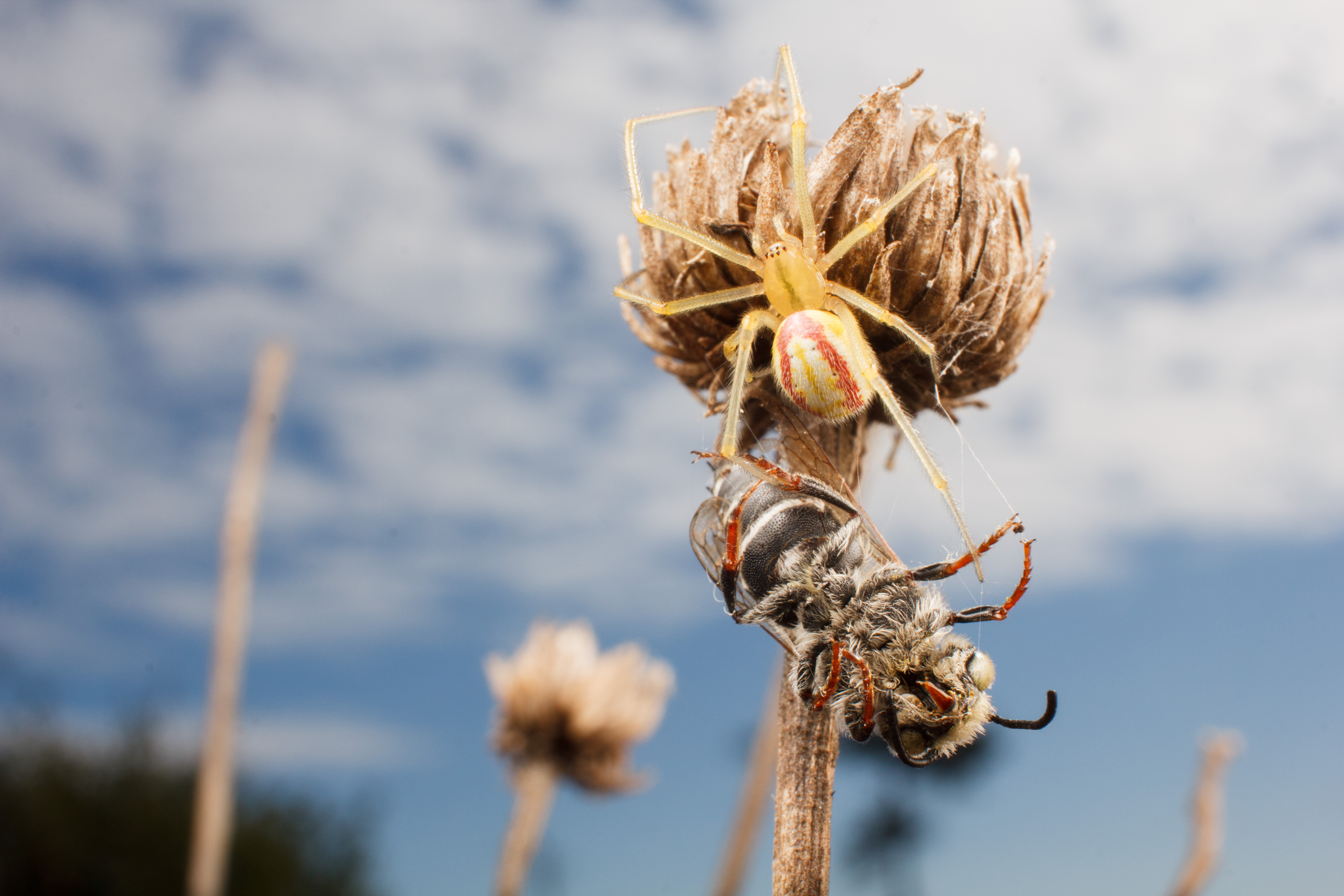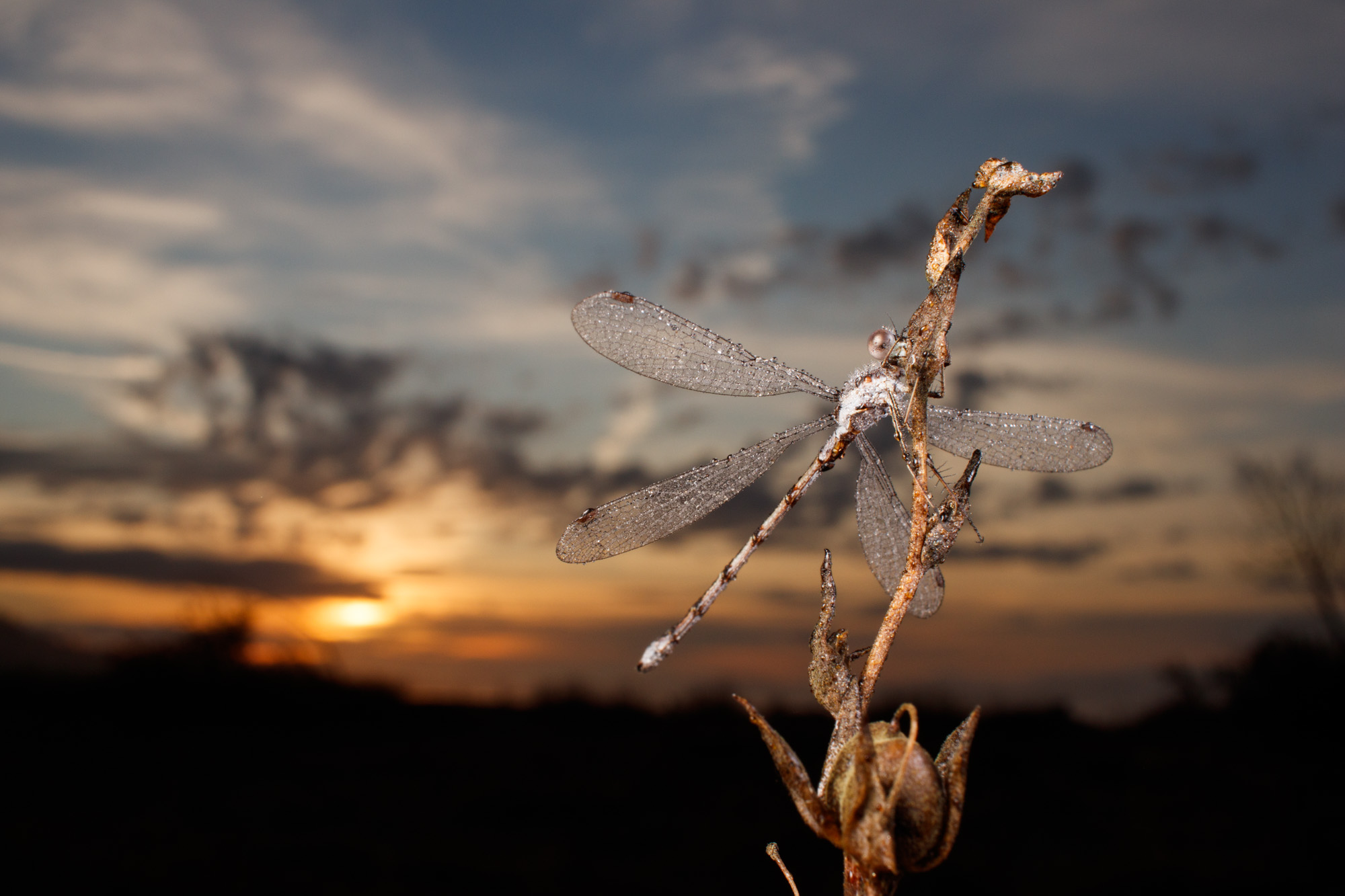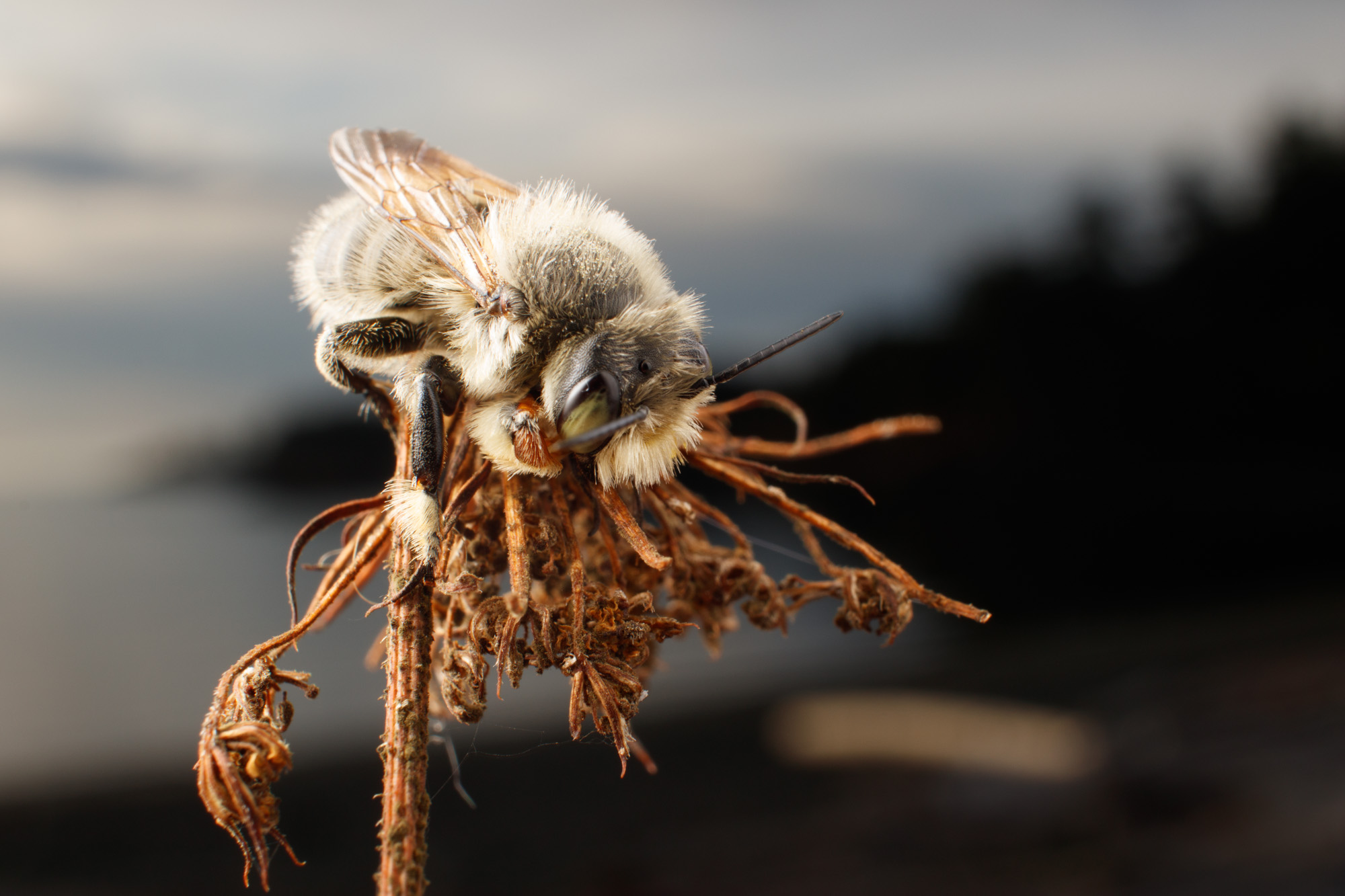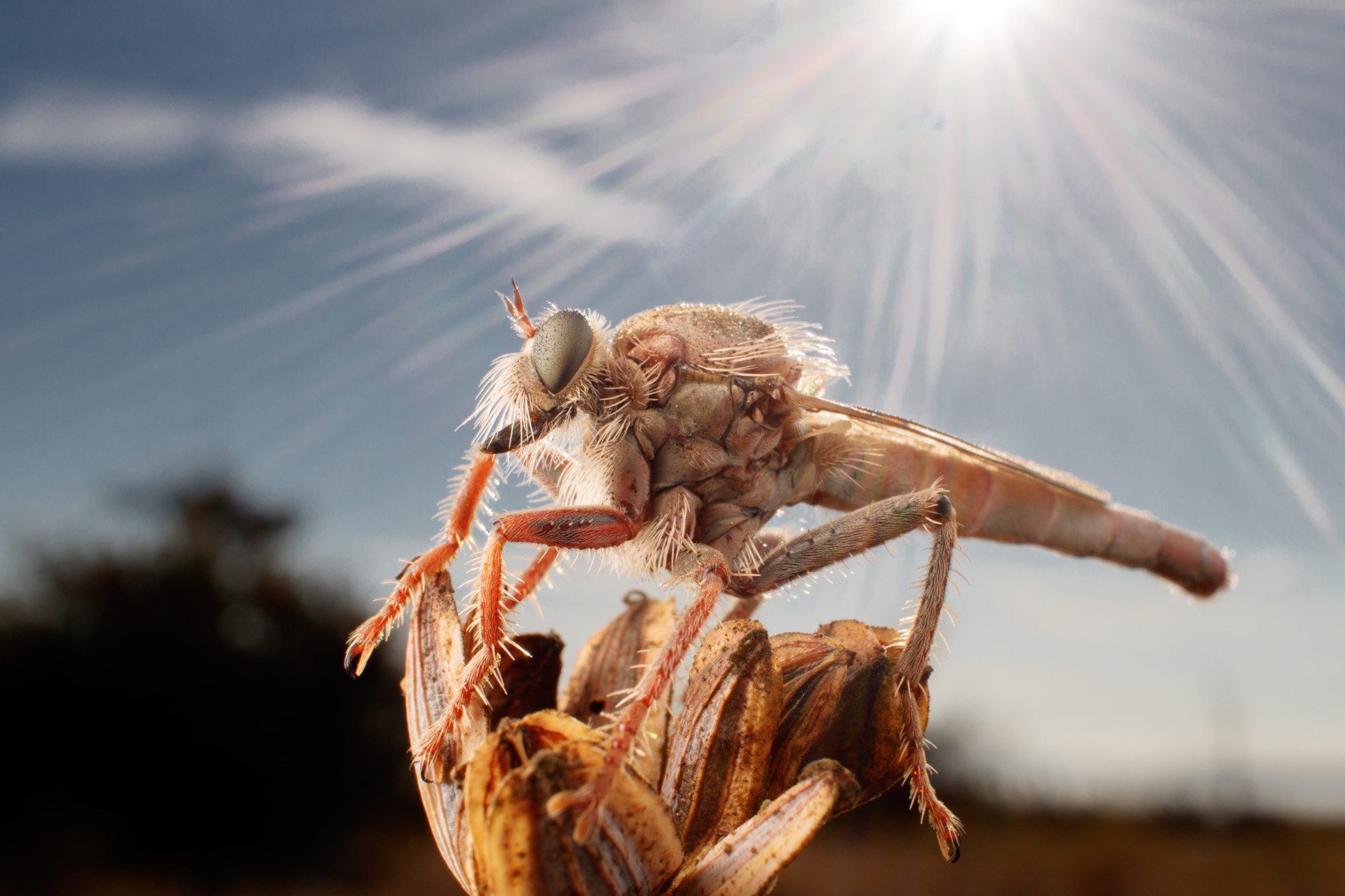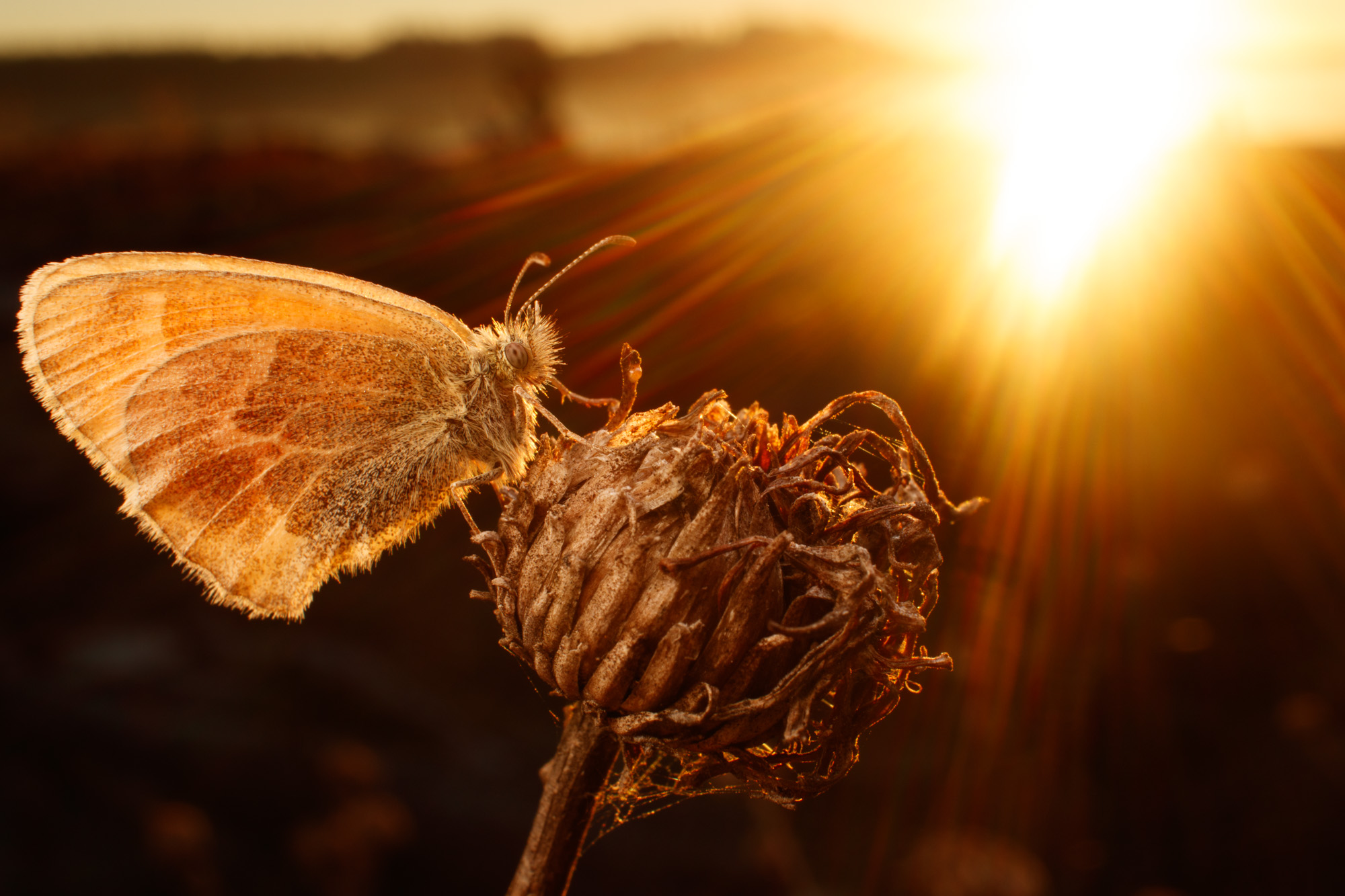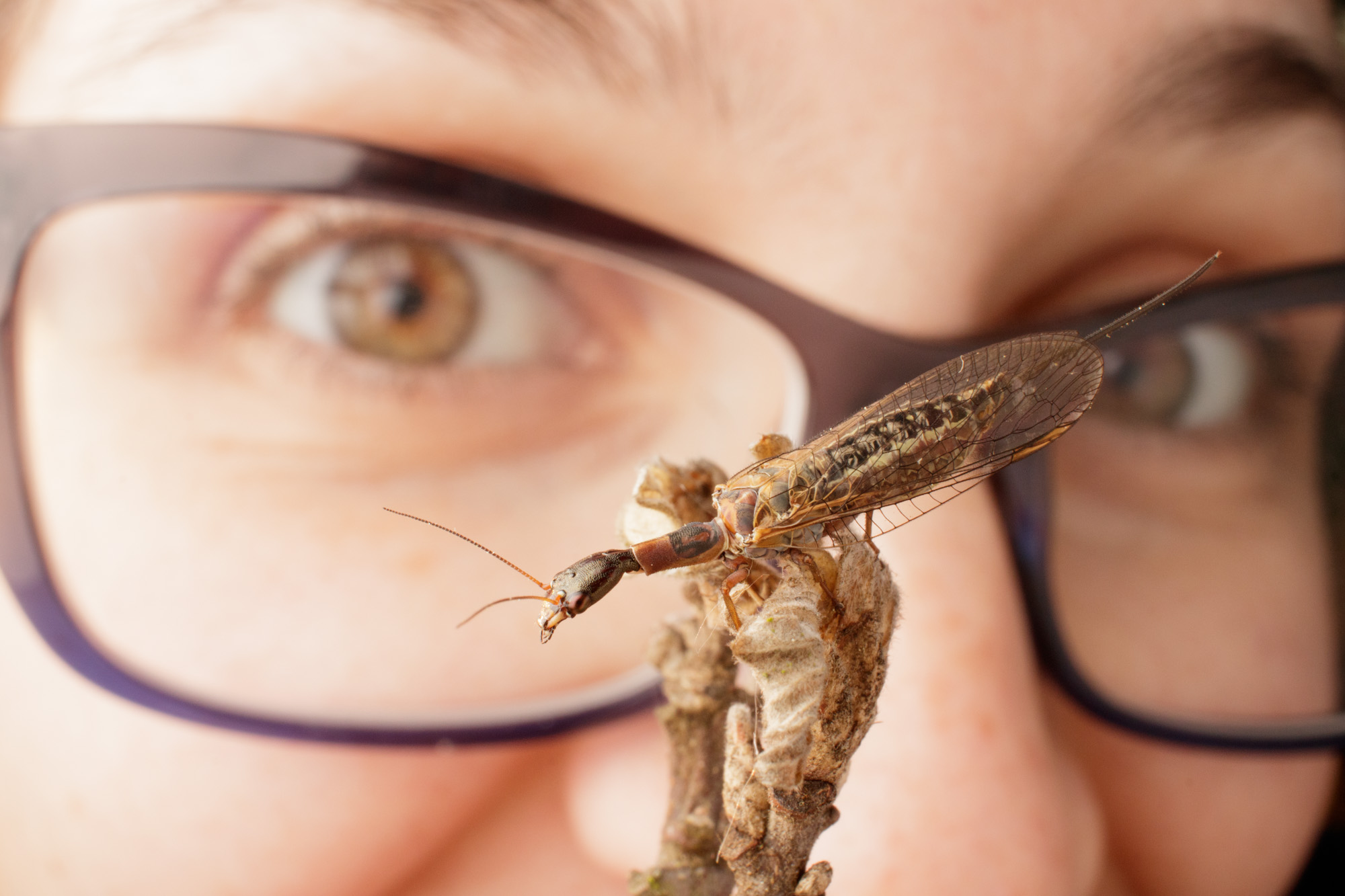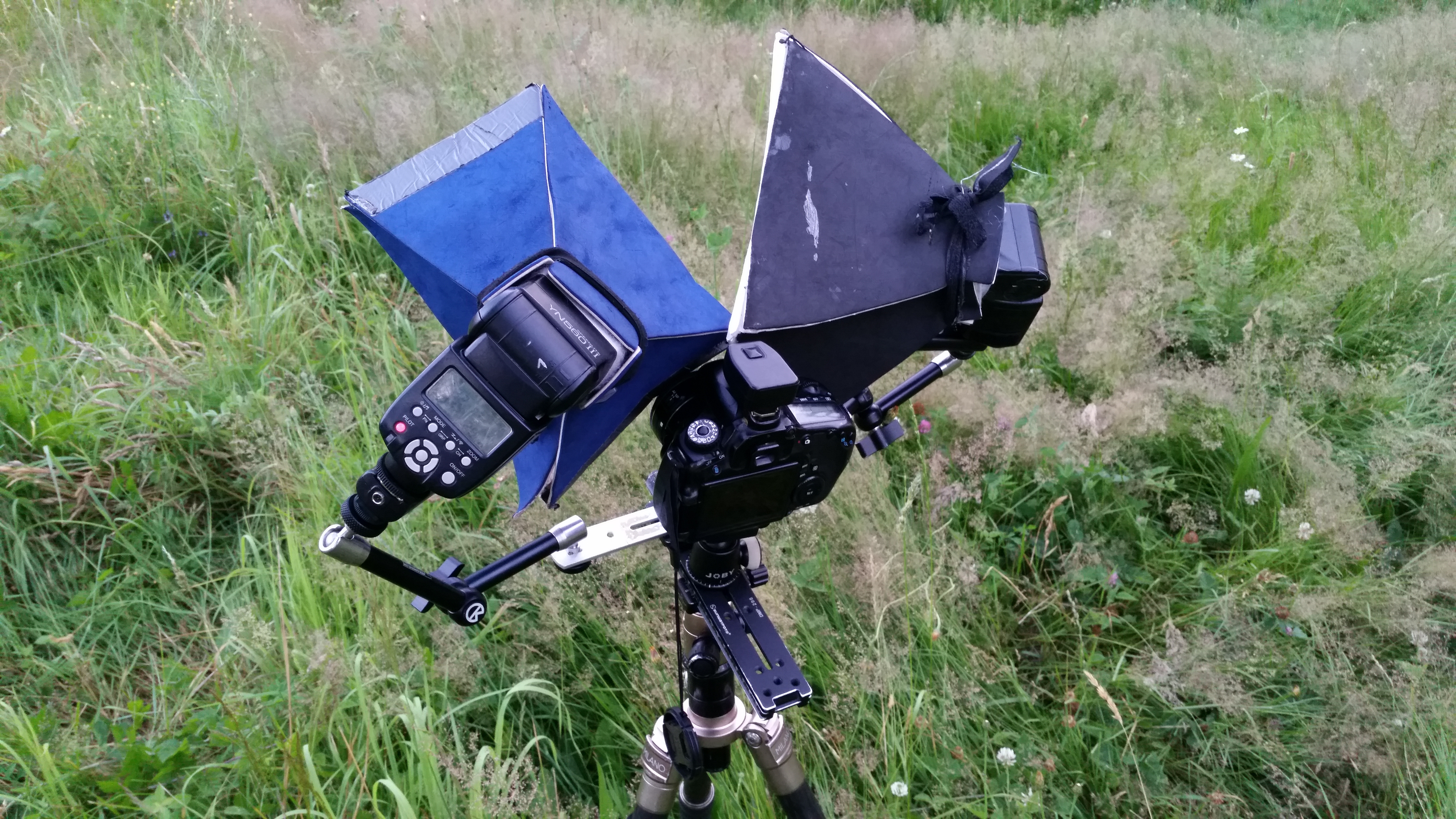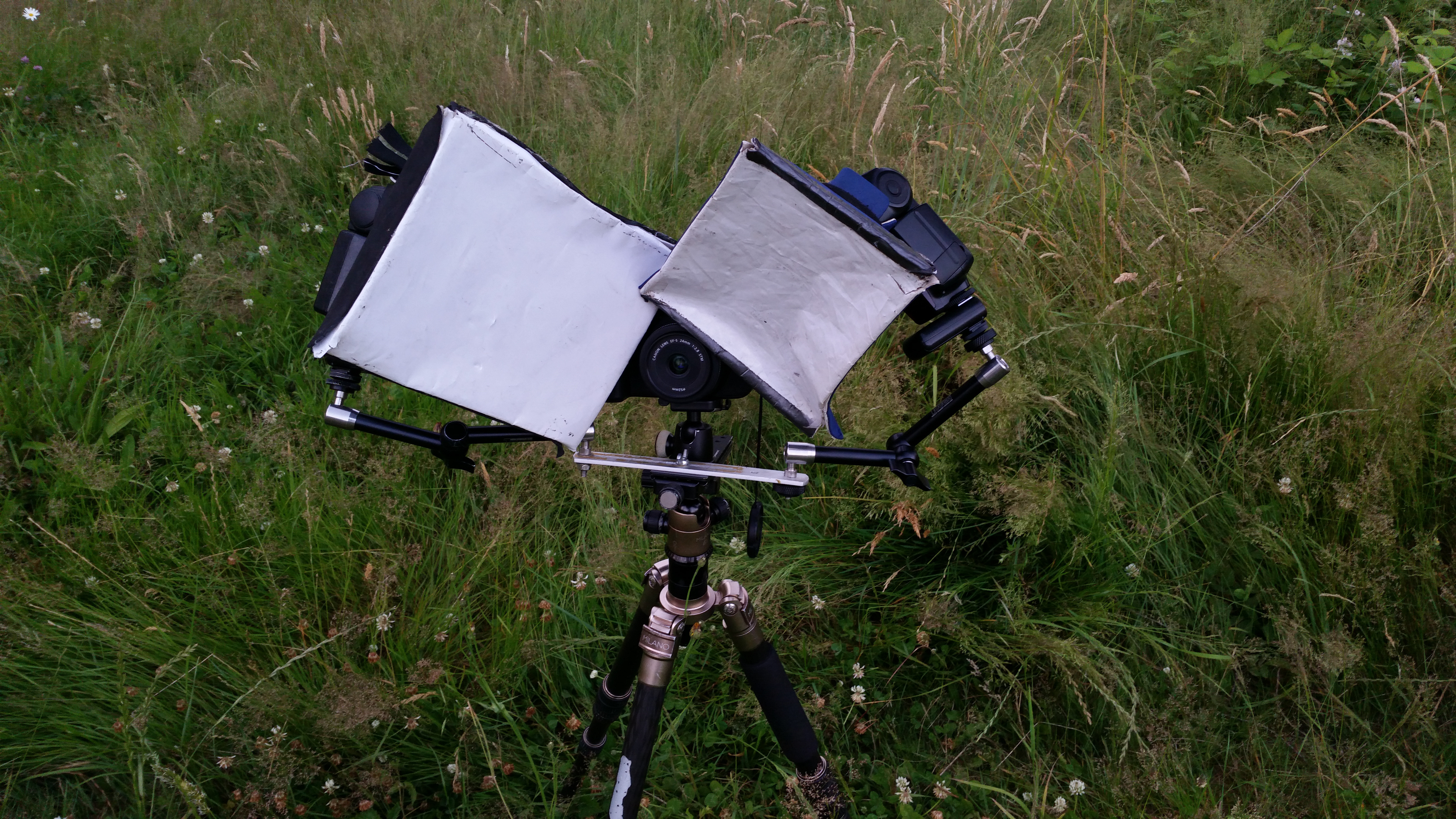So yesterday I covered wide-ish macro with the 18-55 kit lens, so today I will go over a lens that I have found to be much more promising and fun: the EFS 34 mm STM. This is a lens that Gil Wizen turned me on to, and boy was he right. It is a great focal length, fairly fast (F 2.8), is VERY small (a so-called “pancake” lens) and is very inexpensive.
Closeups without tubes
Even without being used on tubes, it focuses quite closely, and is suitable for all manner of closeup photography. Here are a few examples of the lens being used without tubes:
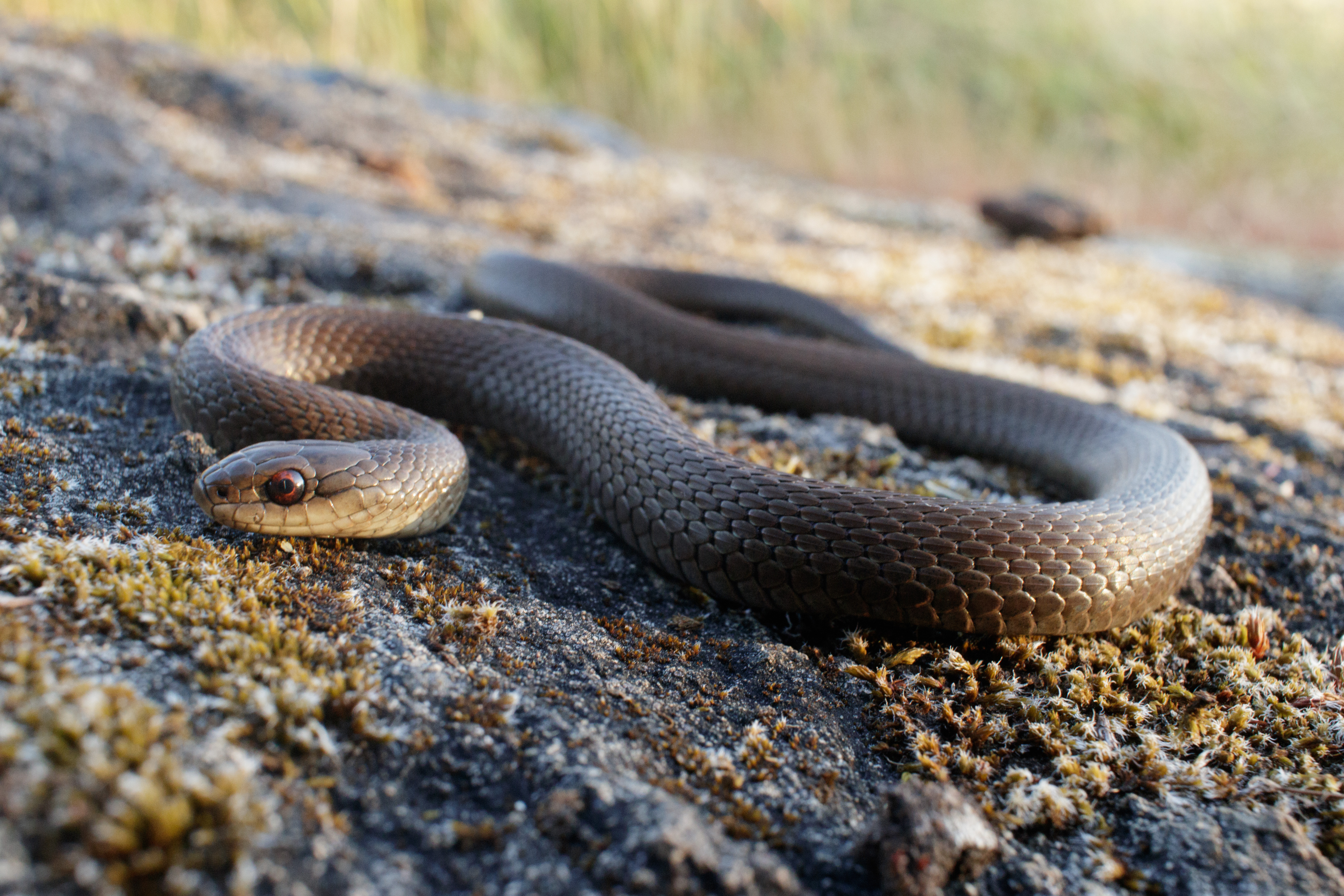
This is a pretty straightforward (not too creative) use of the lens: a closeup of a small garter snake. The close focus allows an intimate look at the reptile and some of the background.

Alaus oculatus, shot in Ontario. One thing you will notice is the rainbow-like flare, I am not sure if this is common to all copies, or if it just because my rear element has a small crack in it. Whatever it is, I like it.

Enoplognatha ovata,with killed Ammophila. In this shot, the foreground details show good focus and contrast, and the sunstar is 7-sided and diffuse, which I find infinitely more attractive than the hexagon of the 18-55.
Closeups with tubes
How to make it work
So I hope the above examples have convinced you that the 24 mm is a great lens for some closeups that are relatively wide compared to a standard macro lens. If you do decide to embark on trying this or the 18-55 or similar lenses, you will run in to the problem of lighting your subject…You could try a handheld flash, but I found this a bit difficult to use due to the proximity of the subject and the need for a steady base down low. What I ended up doing is modifying the Monster Macro Rig to mount the camera body to the rail, and using the magic arms on the rig to position the diffused flashes. This is a bit cumbersome, but I found that it works quite well. I have not done a lot of real environmental shots with this rig however, mostly incorporating wider views of the sky and trees rather than the nitty gritty of the vegetation. If I do manage some of these tougher shots, it could be that the Monster Rig is just too cumbersome to maneuver in close quarters.
